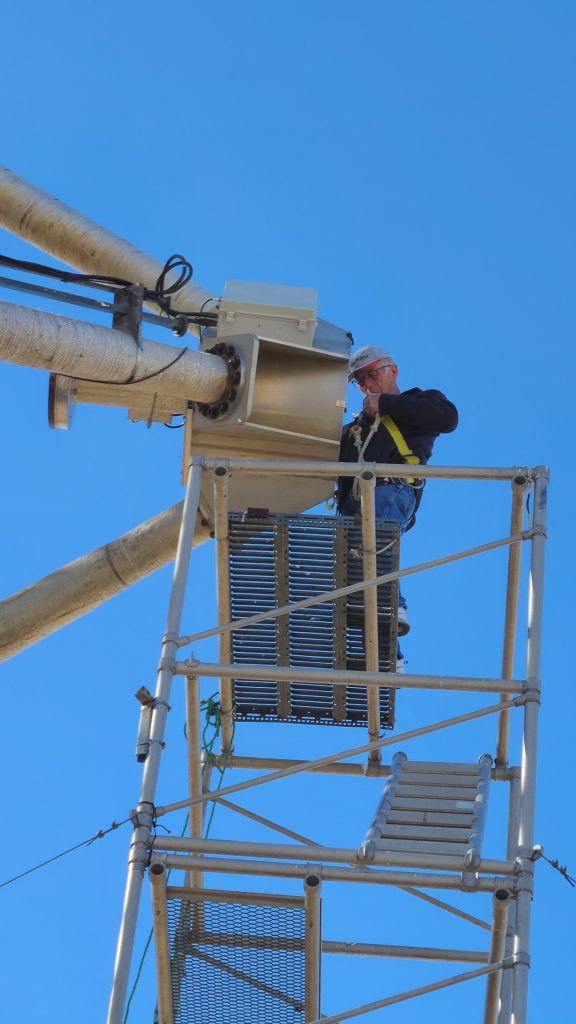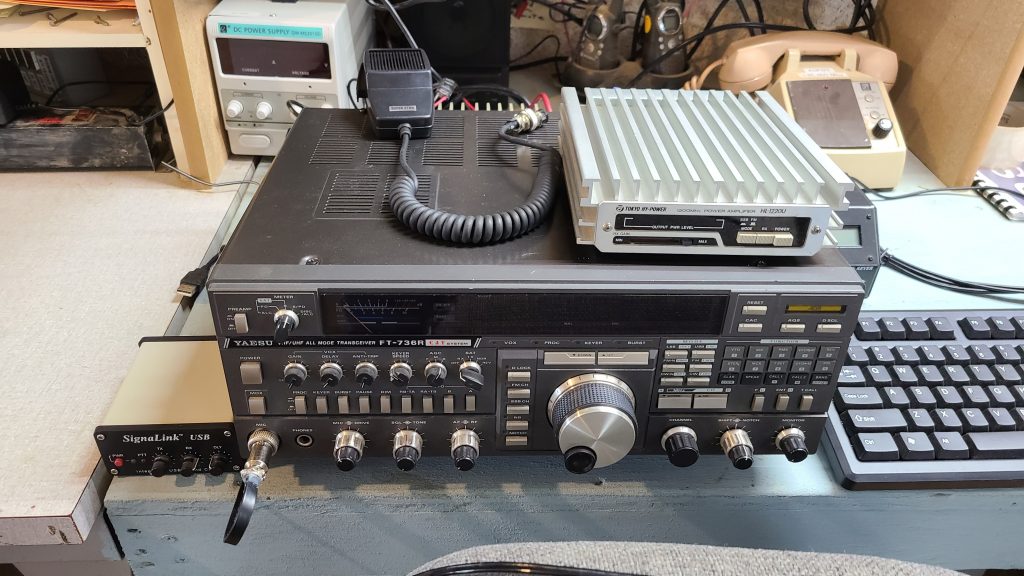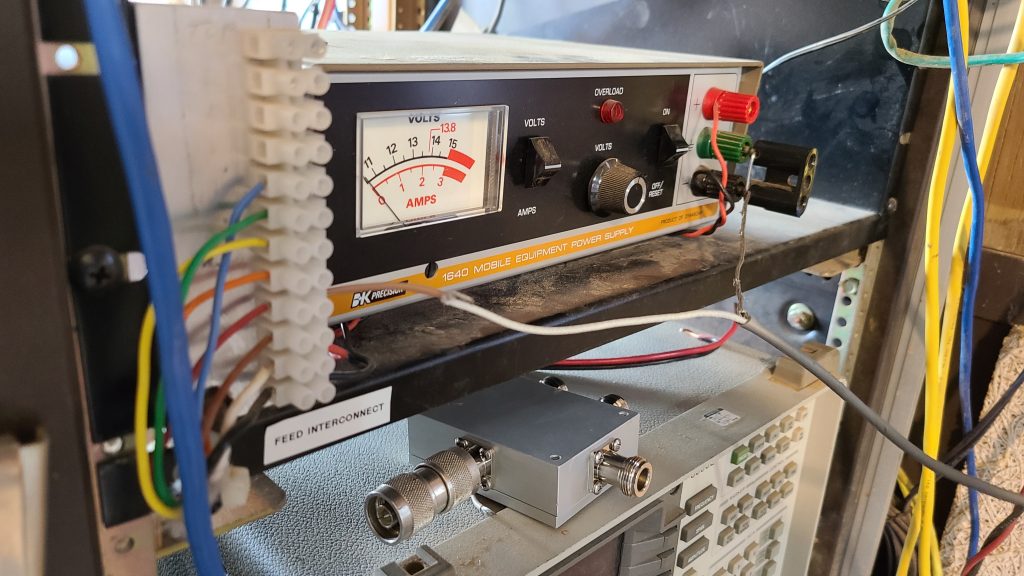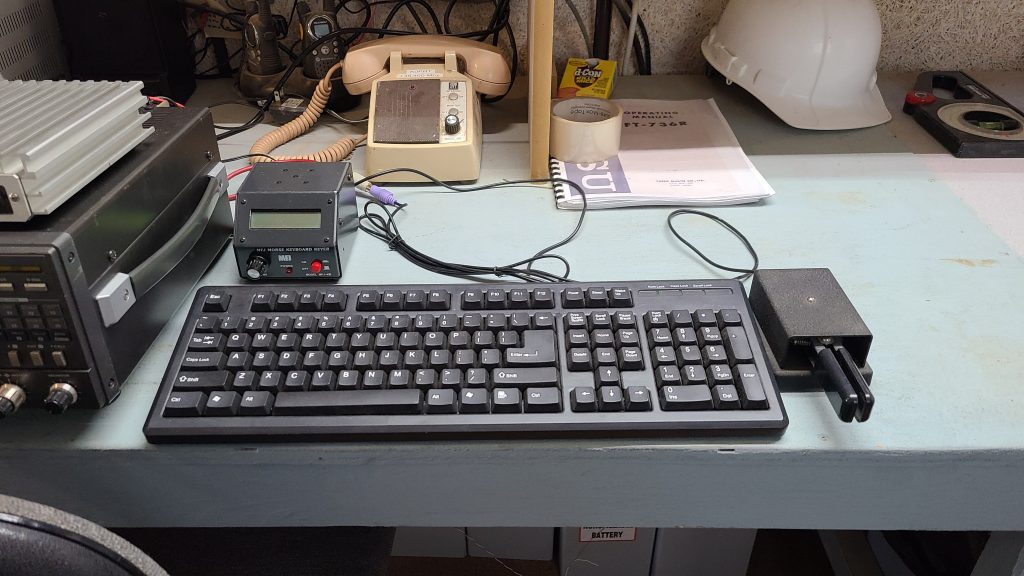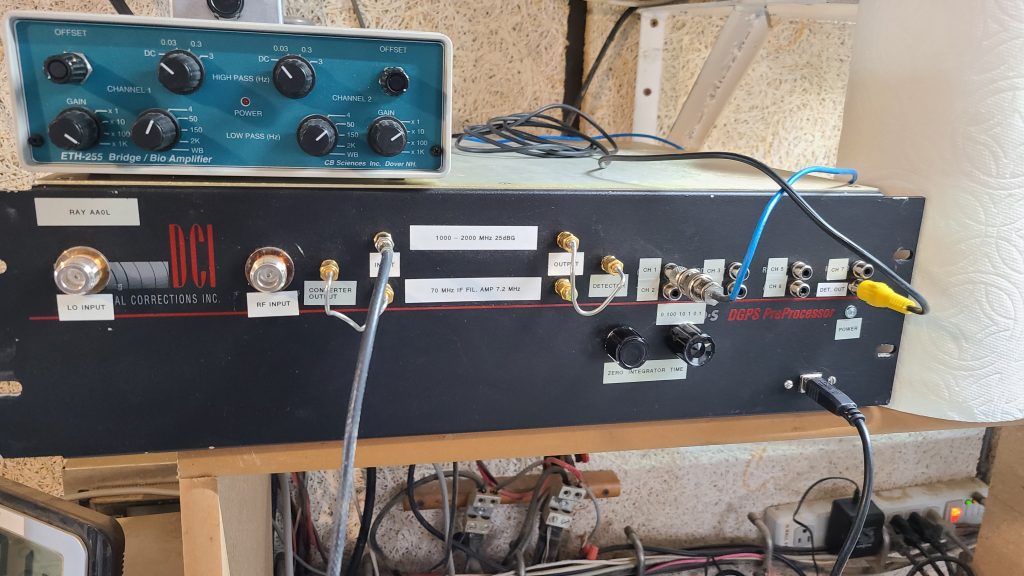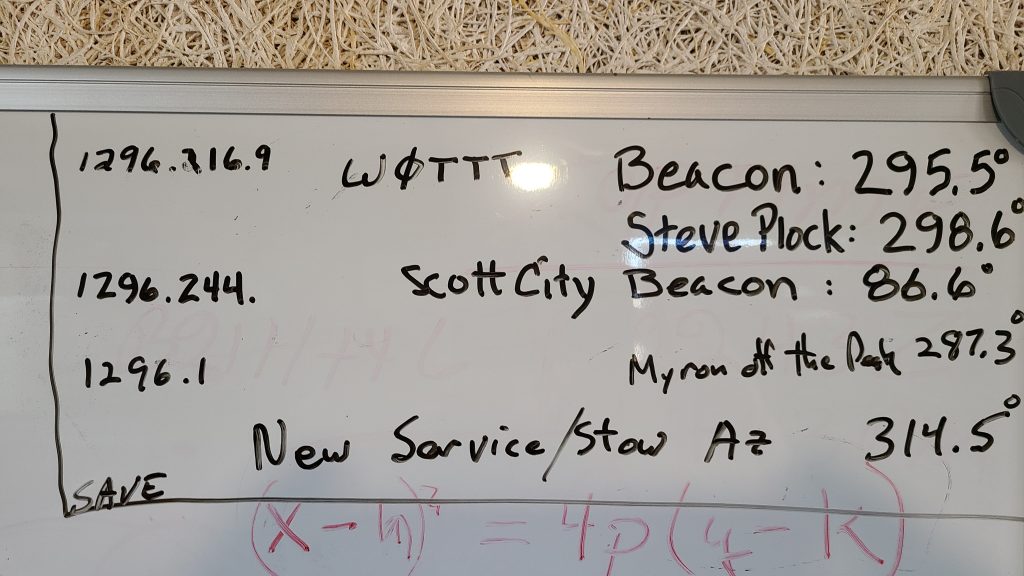Welcome to the DSES Science meeting 11/23/2020
2020-11-23 DSES Science Meeting Notes, by Bill Miller
We had 16 participants in the virtual science meeting today: Thanks everyone for joining.
Participants: Dr. Rich Russel, Ray Uberecken, Lewis Putman, Bob Haggart, Don Latham, Floyd Glick, Gary Agranat, Glenn Davis, Jay Wilson, Jon Ayers, Lauren Libby, Myron Babcock, Robert Sayers, Ted Cline. Jerry Espada, Bill Miller
Agenda and notes;
Also see the Zoom Video Recording for more detail:
Agenda and notes:
- Myron’s Treasure’s Report Checking $1774.28. Savings $5742.15. We have 49 paid members.
- Science Fair:
- Bill spoke with Carol Bach the coordinator, she replied, “The Pikes Peak Regional Science and Engineering Fair will be held virtually on February 20, 2021. We are hoping that the Deep Space Exploration Society will again sponsor a special award or awards at the fair. In addition, we are hoping you or another member of your group will consider being a special awards judge. We will send you a code to unlock a showcase with digital displays that you can view. Virtual judging will take place between February 18-20, 2021.”
- Bill to send board DSES Special awards criteria for approval.
- “Please respond by December 2, 2020 to this email and confirm that your organization is planning to participate. Also, please let us know the name and contact email for future communications.”
- Planet Walk:
- Bill will write an endorsement letter and have the DSES Board modify and approve for Planet Walk Colorado Springs. See https://www.planetwalkcs.org/
- Arecibo Failure:
- See Bob Haggard’s repost on the Arecibo Radio Telescope status.
- Rich presented the DSES Science part of the Meeting: See all notes in the DSES Science Meeting Power Point.
http://dses.science/wp-content/uploads/2020/11/DSES-Science-Meeting-11-23-20.pdf
- Ray
- Problem with the 1296 feed last trip. Took down the Feed amplifier and found that the unit was stuck in the transmit configuration again due to a failed FET in the Relay driver. Fixed this and added more gate protection circuitry to solve the problem.
- Also had a bad diode and a bad cable that had to be corrected.
- The FT-736R Keyer connection failed on last trip but Ray fixed it.
- Tried CW EME but couldn’t hear the echo.
- Did receive Rays Home Based beacon bounced off Pikes Peak and verified pointing so the receiver chain is working.
- Gary Underground K0PRT bunker station summary report.
- FT8, PSK Reporter website showed our station was received on 40 meters during afternoon in CA and TX.
- 15M operation was hot
- Our rare grid square (DM88) attracted many Japanese stations
- Vertical working well on 15 and 40 meters. 10 meters was tried and at least had good SWR, but band was dead.
- Yagi was also working well to Japan
- PSK reporter showed good coverage on 15 meters all around the Pacific Rim.
- See more in Rich’s slides above
- Glenn says that Phil is working on an elevation tracking update that will need some onsite testing when ready.
- Much discussion about the SDR receivers, GNU SW and the computer power needed to run them. See the meeting recording for too much detail to capture here.
